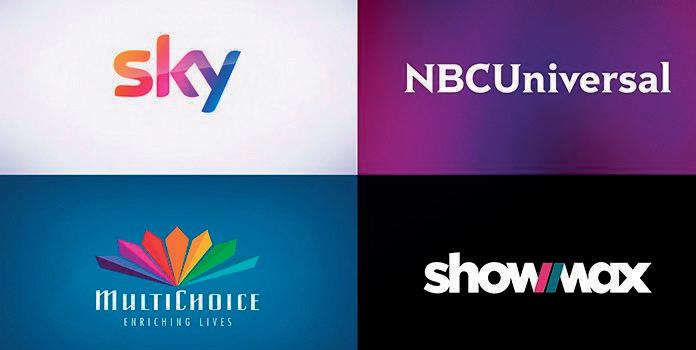
3 minute read
Driving Digital Innova on – the Growth of IP in the Broadcast Industry
By John Wastcoat - SVP Strategic Alliances and Marke ng at Zixi

The broadcast industry is currently experiencing a rapid phase of digital transformation, much of which is being driven by technologyled developments implemented with the adoption of IP proving to be a major enabler of innovation and efficiency. Many organizations that previously relied on satellite or other alternative workflows are adopting IP-based infrastructure to deliver a range of benefits, from operational flexibility and agility, end-to-end visibility and management, to the delivery of reliable broadcast-quality distribution of live video content over the Internet and bottom-line business impact.
While the pace of change varies from one organization to another, for fuboTV, a fastgrowing sports-first live TV streaming platform, IP infrastructure is the foundation of its techled strategy. Available on the web, via mobile and connected TV devices, fuboTV is a leading OTT provider, offering a wide range of live and ondemand content across 100+ channels featuring top leagues and teams, as well as popular shows, movies, and news. The company is a virtual multichannel video programming distributor (vMVPD) that operates a distribution strategy that relies mainly on IP networks. As such, it has broken away from traditional broadcasting workflows for primary delivery of content.
In developing its IP-based infrastructure strategy, fuboTV needed a live video delivery solution that would securely and reliably provide broadcast quality across its content portfolio. The right solution would need to ensure a high-quality viewing experience, helping them retain subscribers in an increasingly competitive OTT marketplace. Its evaluation process led to the selection of Zixi as its technology partner to receive and normalize content from any provider over any IP Network using any required industry protocol via the D2C Video Gateway so fuboTV can now leverage a single platform for source acquisition of live linear content and normalization of any encoding format and any PID Structure.
Initially, the partnership leveraged third-party technology providers for the encoding, transcoding, and distribution of 75 channels of international content, but more recently fuboTV has migrated transcoding to the cloud. Today, the Zixi Broadcaster software takes content via MPEG TS – UDP from providers and then sends it through the firewall over the public internet using the Zixi Protocol into the Cloud, where it is transcoded. This content is then pushed out and distributed to origin storage and CDN for delivery to endpoints like Smart TVs, mobile devices, desktop computers or set-top box applications. One of the key advantages of using the SDVP is its interoperability, not only within the fuboTV software platform but also across its partner network. Zixi accepts 17 industry protocols, including Zixi, NDI, RIST, SRT and WebRTC, and others, while also offering six nines availability utilizing patented sequenced hitless and bonded hitless failover to ensure reliability and quality of streams over mixed IP networks such as internet, fiber, satellite, and cellular.
For fuboTV, being able to deliver high-quality video translates into more subscribers, with their solution allowing them to ingest broadcast-quality video content at sub-second ultra-low latency with security, resiliency, and scale. Zixi’s protocols and applications for real-time transport deliver high levels of visual quality and user experience while ensuring that latency is maintained and synchronized across devices, network locations, and conditions so that content can be delivered in real-time to the end user with confidence. As a result, fuboTV has expanded its Zixi deployment, adding a total of 500 channels.
The broadcasting industry is being defined by rapid change with consolidation and difficult market conditions dictating that companies need to do more with less. To succeed, as they move off of expensive and unflexible satellite contracts, they also need to swiftly capture new monetization opportunities, such as expanding digital first applications including touch points on SmartTVs, and launching new FAST channels. OTT platforms are now taking rights to mission-critical live sporting events, so combined compliance validation, content formatting, stream localization, ad load, delivery strategy, and security are requirements that can represent major challenges for media companies looking to deliver programming to an ever-increasing number of target destinations with new IP-based broadcast infrastructure. In 2023 we will see IPbased infrastructure with automation-augmented operations enabling scale to maximize ROI for broadcast organizations. With live cloud production (only possible with IP) and the ability to spin up and down resources going mainstream, media companies will be able to become more and more efficient and experiment with what kind of content is going to be popular so the use of FAST will mature even more.










